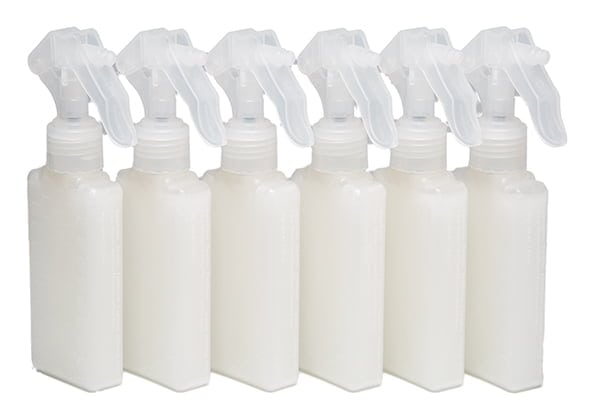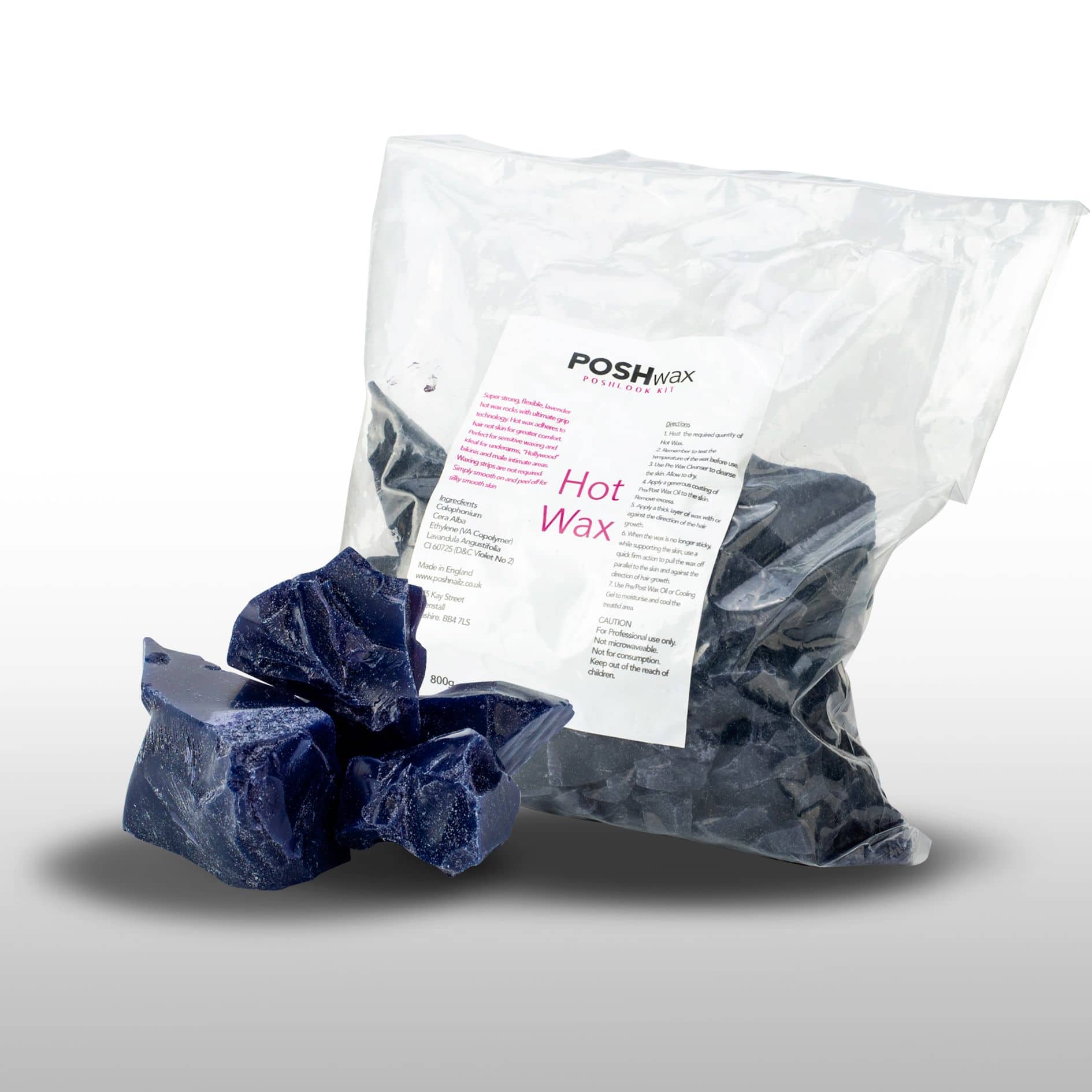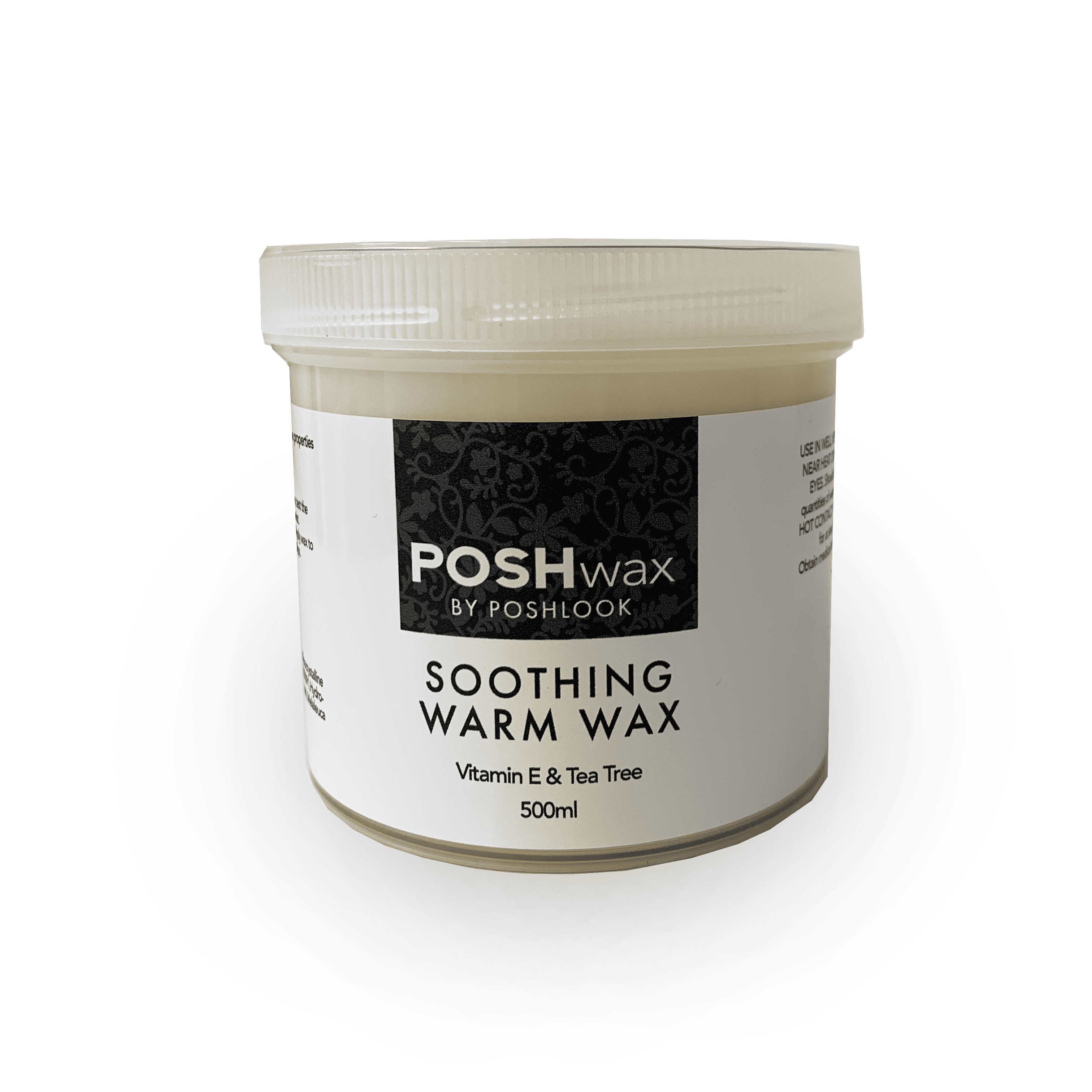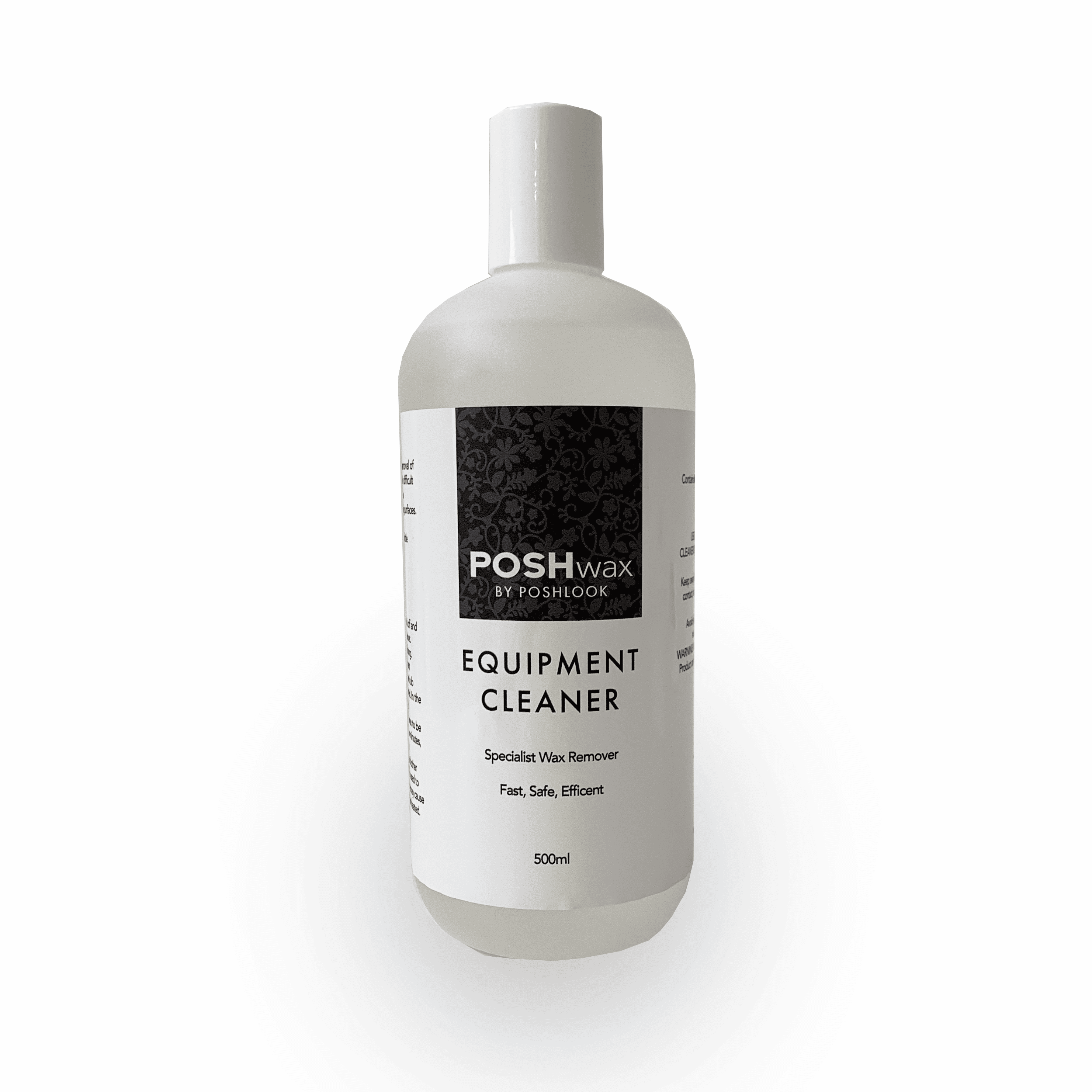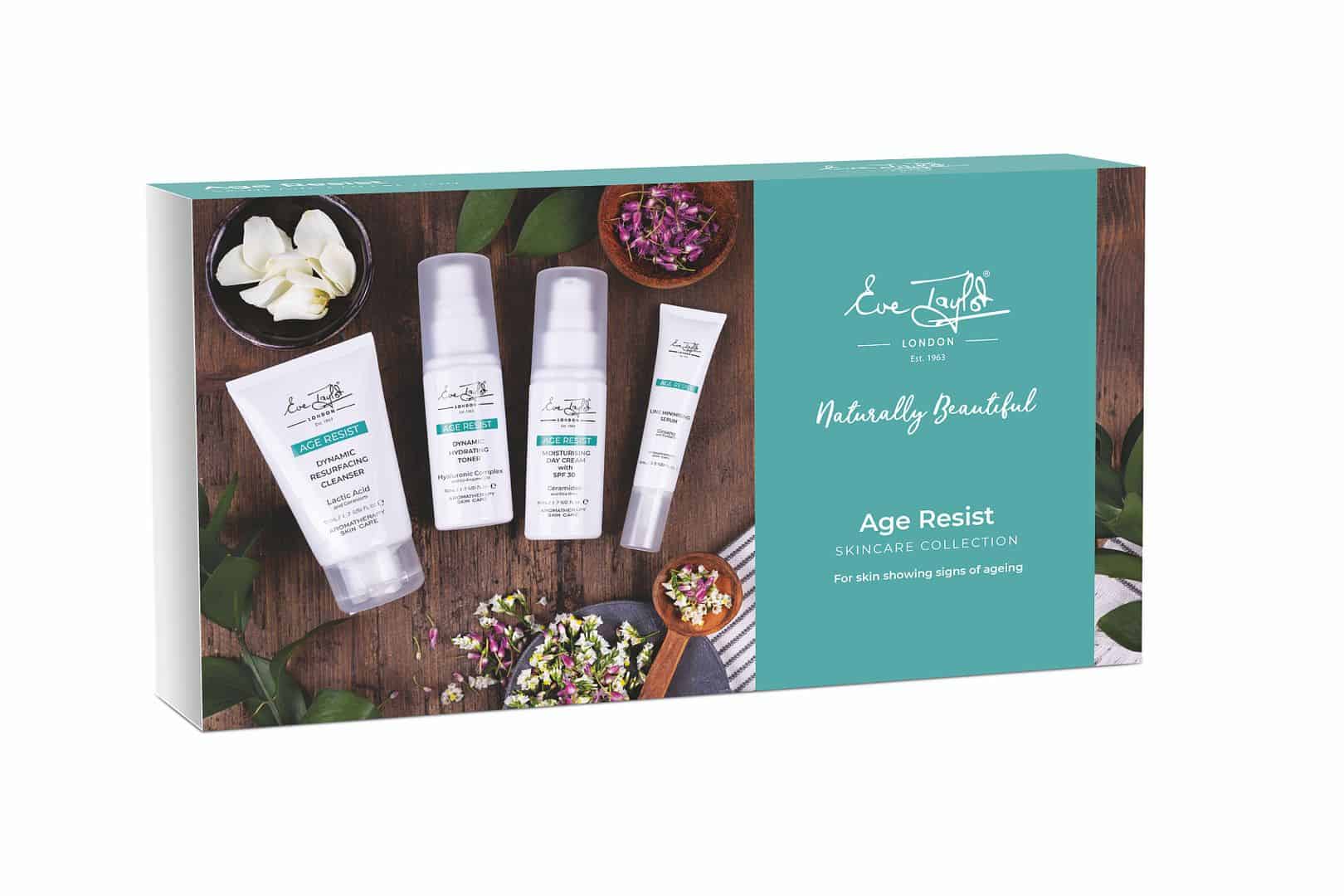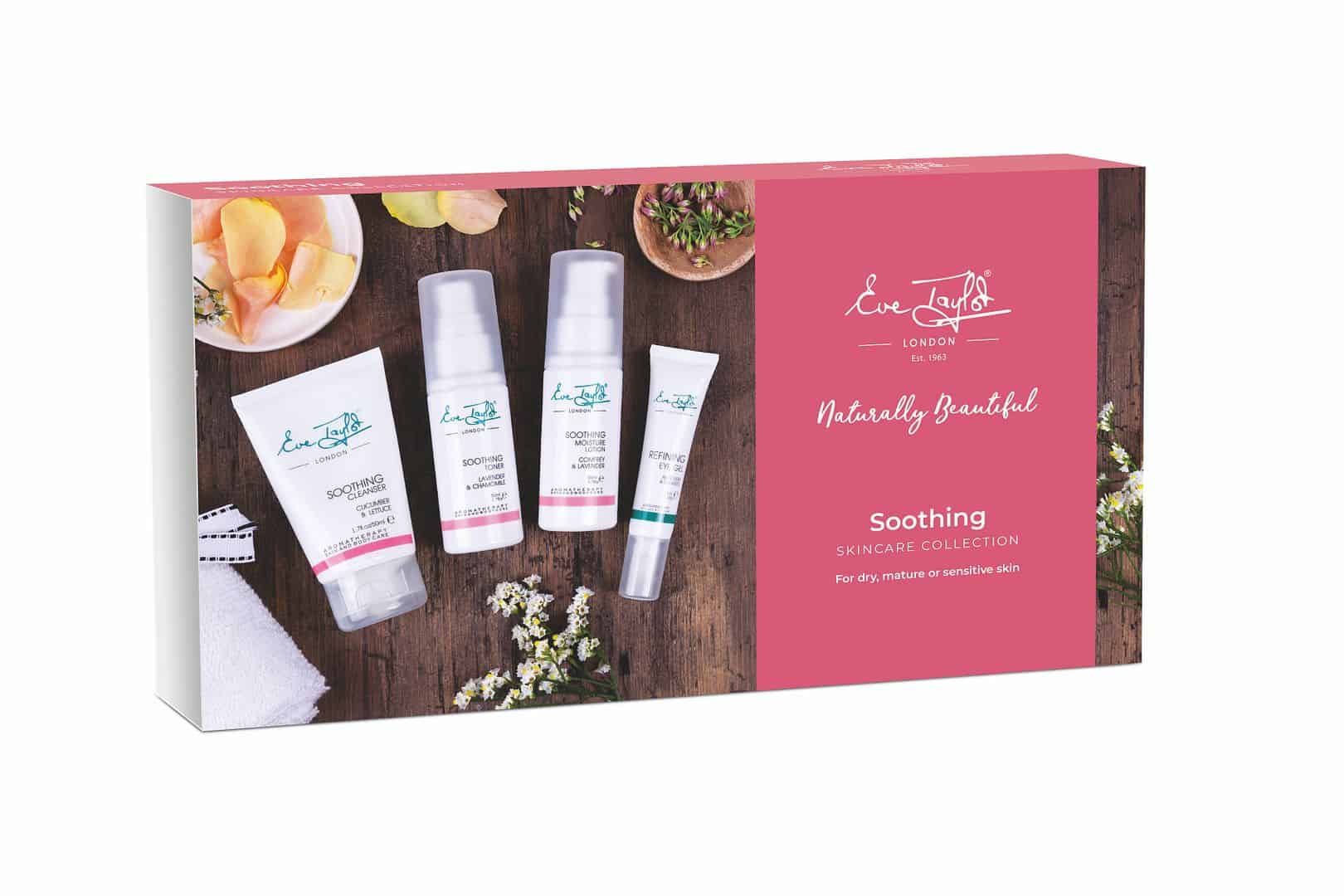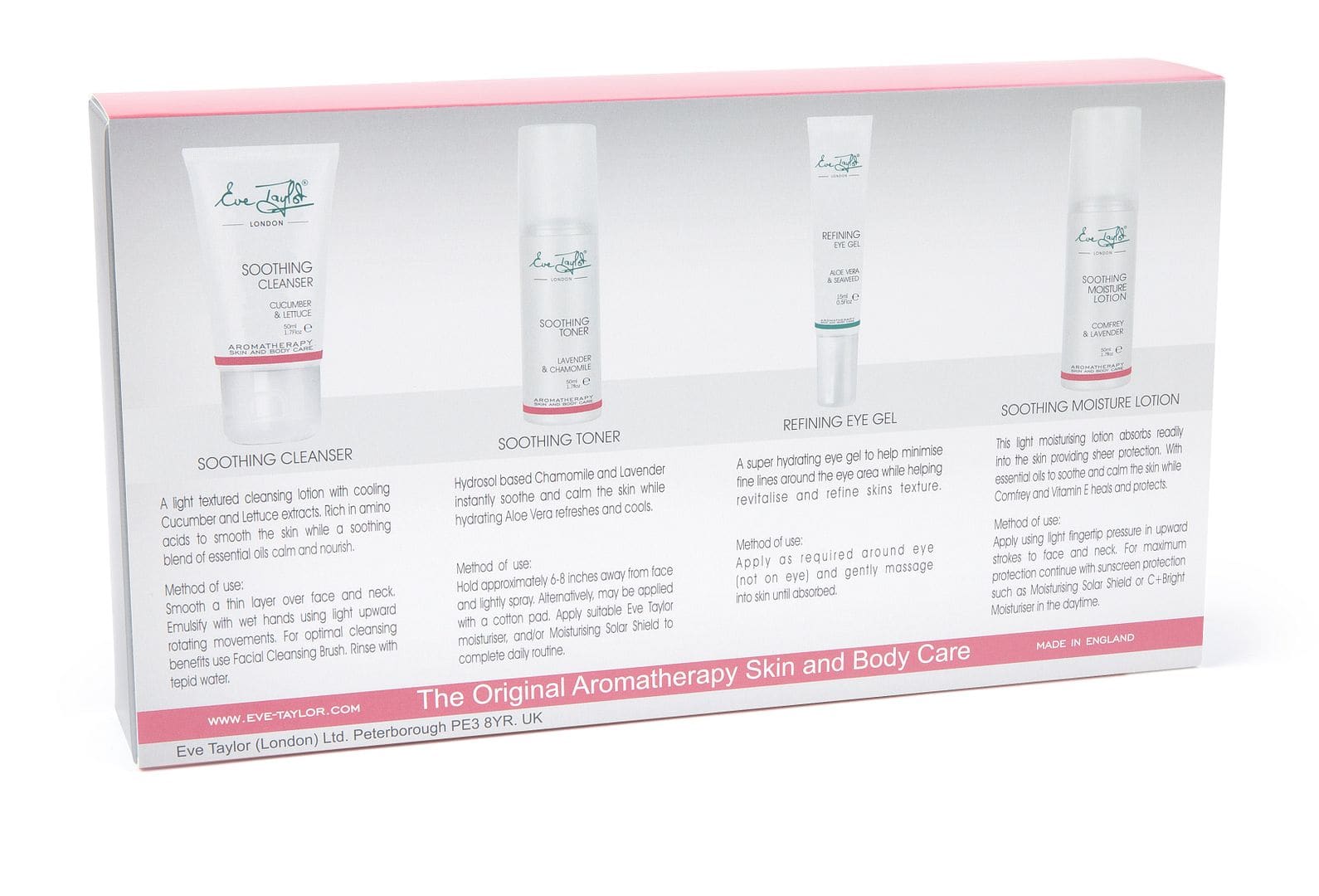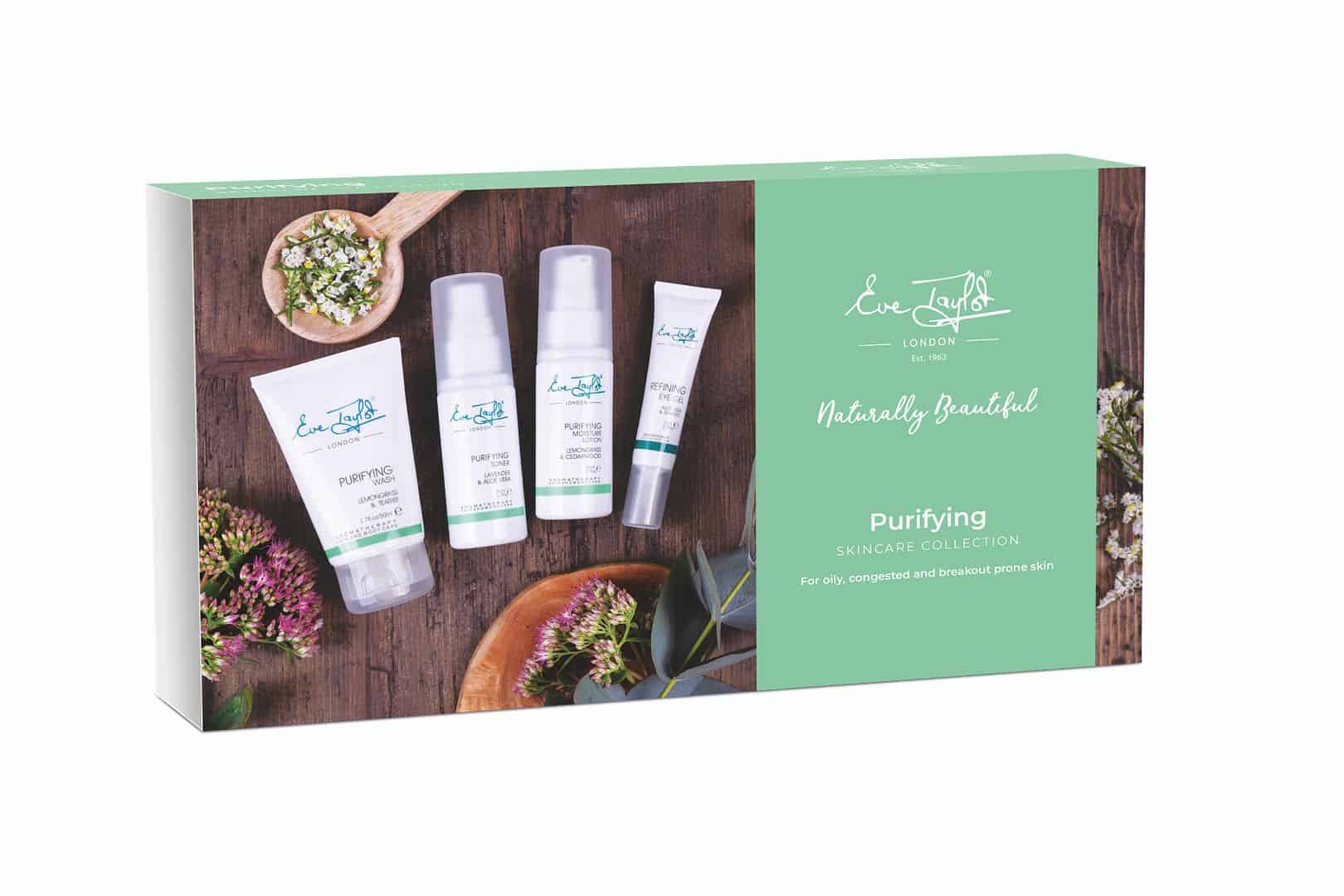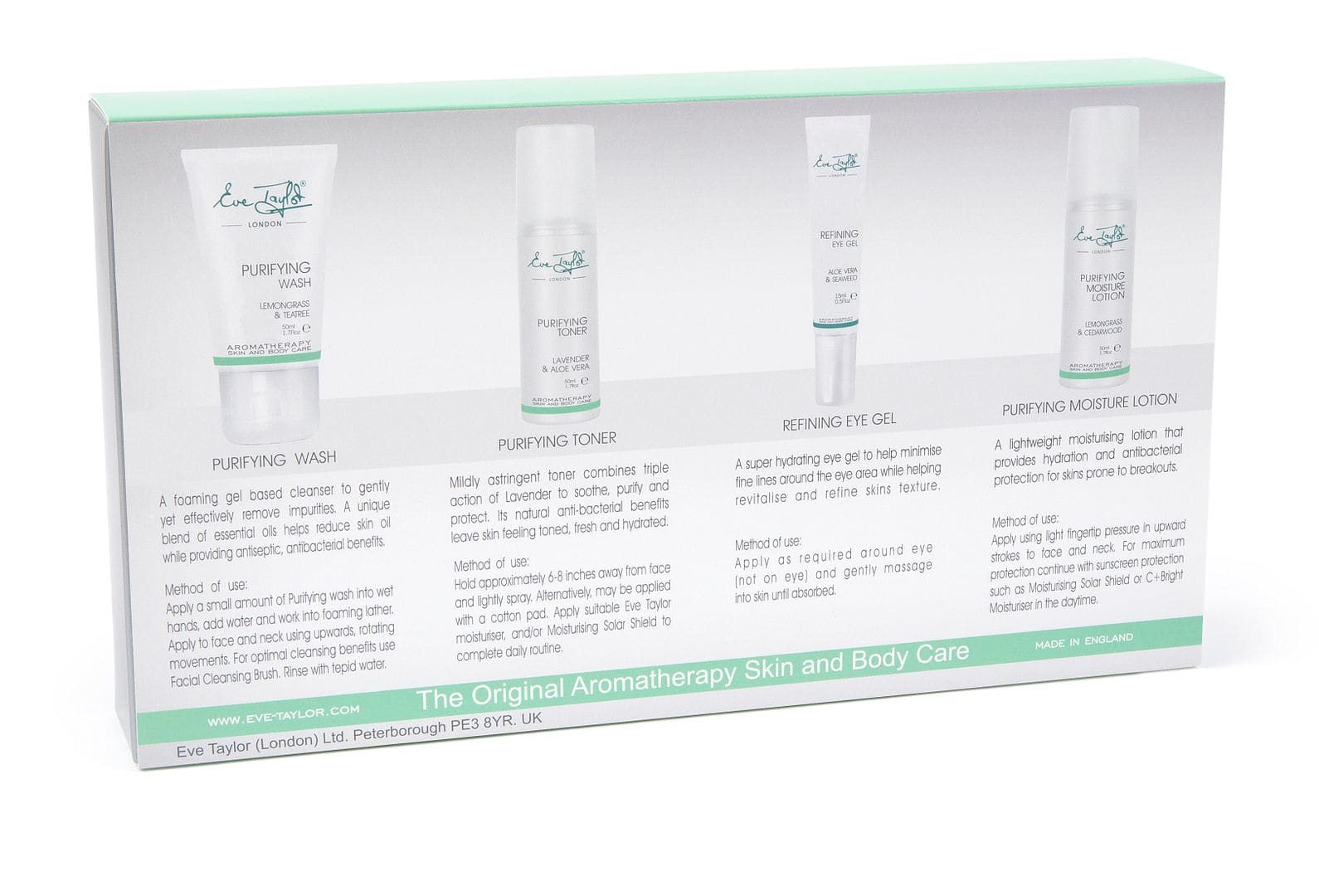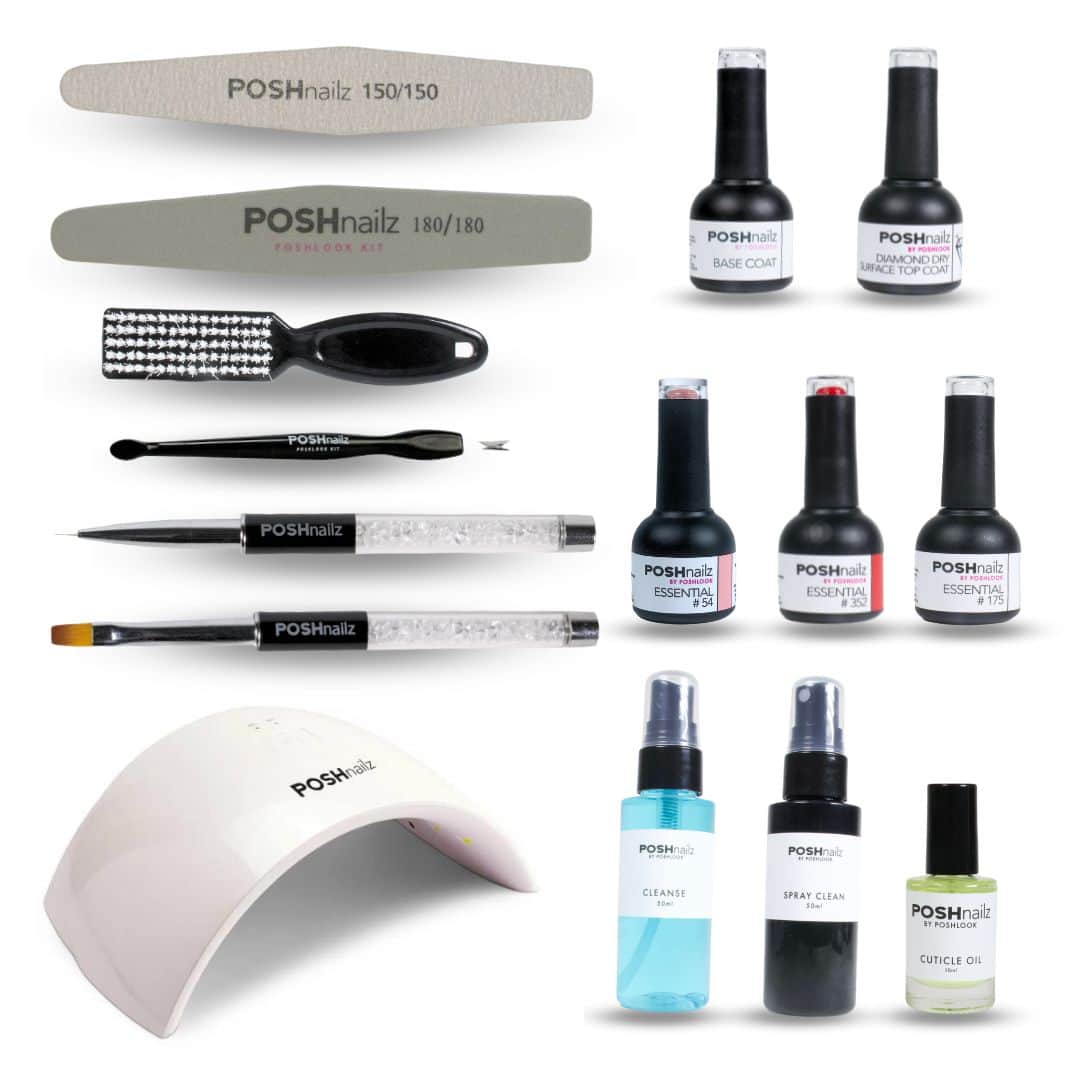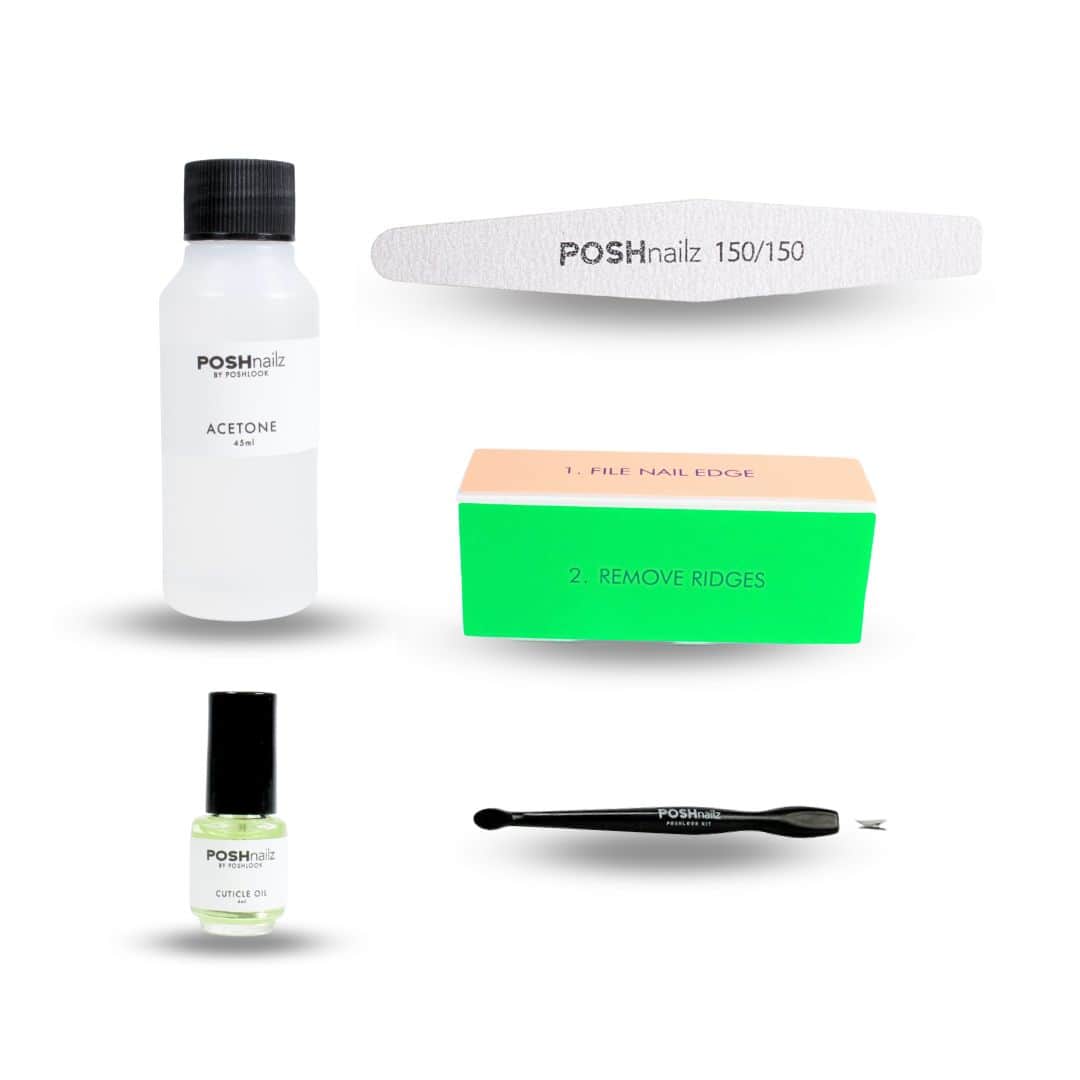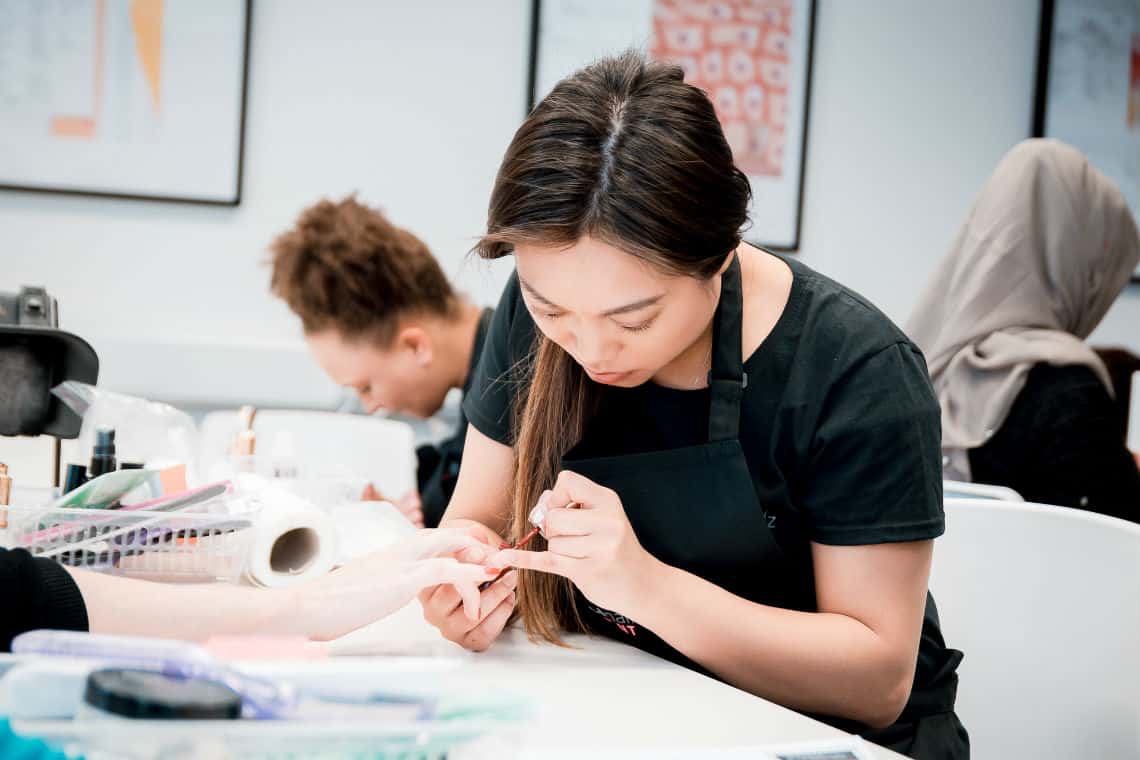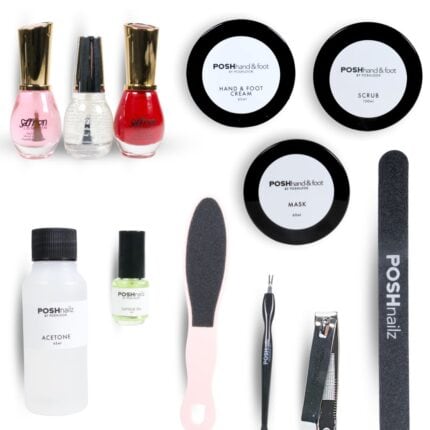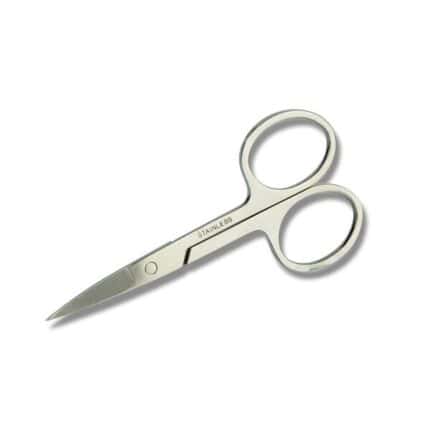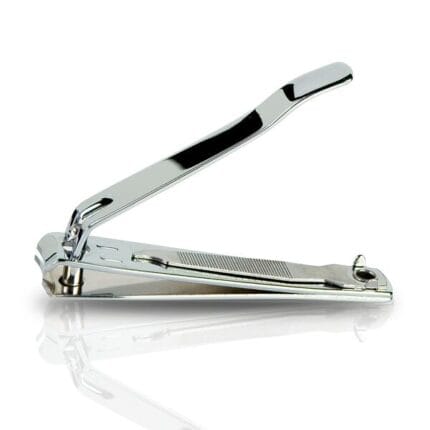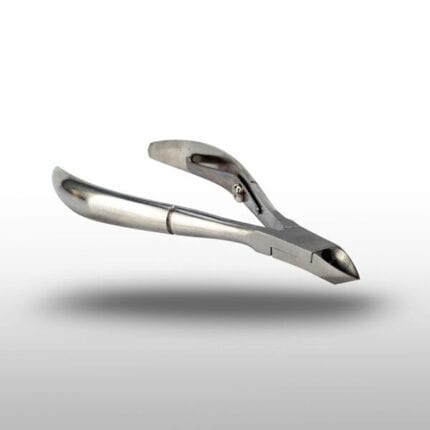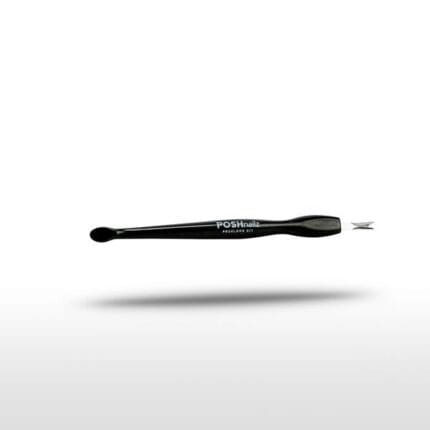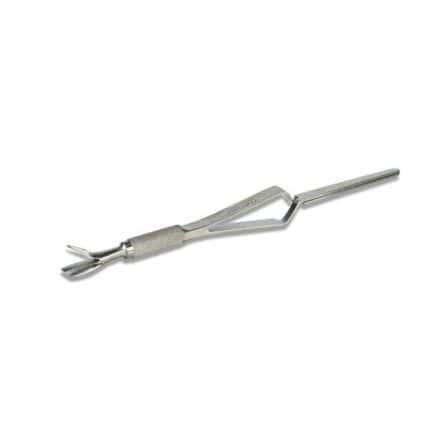[vc_row][vc_column][vc_column_text]
If you’re starting a career in nail technology, you’re going to need some equipment if you want to keep loyal customers coming back for your treatments.
You’ll also have to consider whether you want to open a nail salon or freelance, as the equipment you need will differ.
How do you ensure you have all the equipment you need? By reading this checklist!
Nail Cutting Tools
Before you start applying acrylics to people’s finger and toenails you need to cut the nails, so they’re in perfect condition. Here are the tools you need to do it.
1. Nail Clippers
[/vc_column_text][vc_row_inner][vc_column_inner][vc_single_image image=”2601″ img_size=”full” alignment=”center”][/vc_column_inner][/vc_row_inner][vc_column_text]Before you start to manicure and pedicure your customer’s finger and toenails, you need to trim them down with nail clippers — trimming allows you to create shape and keeps the nails hygienic by removing any dirt at the ends.
You’ll also need clippers that are strong enough to cut acrylic nails.
Clippers are:
- Small and compact
- Easy to transport
- Inexpensive
- Easy to use in either right or left hand
There are three types of nail clipper:
- Flat — flat structure, is easy to transport and looks sleek, great for touchups but can be expensive
- Standard — shaped to fit the nail, cheap to buy
- Ring lock — a relatively new technology, eye-catching design, precise and smooth cut, require little effort, expensive
What to look for:
- Tension — too much tension creates a crushing motion which dulls blades, a smoother cut means longer-lasting nail clippers
- No gaps — clippers should close, having gaps in them when the blades close could cause a rip or tear of the nail
- No overlap — if you run your fingers over the blades when they’re closed, you’ll be able to feel if one is higher than the other, overlapping blades perform poorly
2. Nail Scissors
[/vc_column_text][vc_row_inner][vc_column_inner][vc_single_image image=”2602″ img_size=”full” alignment=”center”][vc_column_text]Nail scissors are usually curved to follow the natural shape of the nail. The flat of the blade are the only parts that touch, the sharp edges only ever touch the nail, which creates a shearing cut that is smooth and easy to follow.
Nail scissors are:
- The best tool for cutting nails
- Virtually indestructible if used properly
- Last for decades
- Nail clippings do not fly off in random directions
- A much smoother shearing type of cutting action
- Hold almost no risk of cracking or chipping the nail
- The manufacturing process allows for much harder steel
There are three types of nail scissors:
- Nail scissors — easy to control with precise turning
- Toenail scissors — shorter and thicker blades, need more power to cut through thicker nails, longer shanks for extra coverage
- Universal nail scissors — combine the nipping action of the flat nail clipper and the shearing action of scissors
What to look for:
- Feel — poor blades will grind and shudder as you cut, whereas smooth blades will glide
- Looseness — well-made scissors will come loose as you open the handles, when you hold the scissors up and let go of one side it can drop, it should stop at the cutting point where the tension begins
- Sound — smooth blades will make a subtle shearing sound, whereas poor blades will sound gritty and jagged
3. Nail Nippers
[/vc_column_text][/vc_column_inner][/vc_row_inner][vc_row_inner][vc_column_inner][vc_single_image image=”2607″ img_size=”full” alignment=”center”][/vc_column_inner][/vc_row_inner][vc_column_text]Nail nippers look more like industrial tools than nail cutters, but that isn’t the case. Nail nippers are shaped with either straight or concave blades with a hairline gap in-between.
The steel used for nail nippers isn’t as hard as the steel used for nail clippers, but it needs to be hand-filed to generate a gap. It won’t affect performance though.
Nail nippers are:
- Performs many tasks other tools can’t (speciality nippers exist for unique jobs)
- Better than clippers – less risk of breaking or cracking the nail
- Longer cutting edge trims more nail at a time
- Easier to use for painful or weakened hands (arthritis or carpal
tunnel)
- Strongest tool for cutting thickened, hard or fungal nails
- Well suited to right and left-handers
Types of nail nipper:
- Regular nipper — small, suitable for difficult fingernails or normal toenails
- Toenail nipper — increased tool size with longer, stronger handles and blades, suitable for thick toenails
- Ingrown nail nipper — straight cutting edge and a narrow pointed tip allow this nipper to get into corners to relieve tension
What to look for:
- Blade gap — if you hold the tool up, there should be a small gap between the two blades, as you squeeze it should disappear
- Handle length — longer handles mean you can increase the amount of force
- Handle grips — get a textured nipper for better grip
- Blade edges — curved edges are required for most nails, straight edges for ingrown nails
- Assembly — should feel smooth to operate but not loose
[/vc_column_text]
Filing & Cuticle Care
You’ll also want to file your nails to smoothen them after cutting and trim your cuticles to neaten up at the top of the nail. Here are the tools you need:
1. Triple Cut File
[/vc_column_text][vc_row_inner][vc_column_inner][vc_single_image image=”2612″ img_size=”full” alignment=”center”][/vc_column_inner][/vc_row_inner][vc_column_text]Triple cut files have grooves cut into them during the manufacturing process which doesn’t wear off. First, they’re cut in opposite diagonal directions, then in a horizontal direction.
What to look for when buying a triple cut nail file:
- Texture — check the spacing is even within the grooves, look for superficial cuts and uneven grooves. Superficial grooving can wear, and uneven grooves can cause damage to the nail.
- Thickness — thick files are useful for stubborn nails or thick nails, whereas thinner files flex and are more suited to normal nails.
- The shape of the file — if you want to use the file for cleaning purposes, don’t buy one with texture to the end of it.
2. Glass File
[/vc_column_text][vc_row_inner][vc_column_inner][vc_single_image image=”2613″ img_size=”full” alignment=”center”][vc_column_text]Glass is considered the best type of file because it scrapes to a polished finish and doesn’t ‘sand’ the nail.
Glass files will not harm the nail because it smoothens the nail in both directions. Also, glass doesn’t absorb moisture or rust which means they never loose texture, making them ideal for professional use.
What to look for when buying a glass nail file:
- Authenticity — genuine glass nail files are only available in the Czech Republic and will come with a patented sticker.
- Surface — proper files are chemically etched into the surface of the file, whereas imitations often spray this texture on, meaning it will wear out.
- Thickness — authentic glass files will be at least 3mm in thickness, whereas imitations are thinner and are more likely to break.
- Strength — tempered glass makes the glass able to withstand pressure
3. Tweezers
[/vc_column_text][/vc_column_inner][/vc_row_inner][vc_row_inner][vc_column_inner][vc_single_image image=”2615″ img_size=”full” alignment=”center”][vc_column_text]Splinters are useful when a client has ticks, hairs or splinters in their nails. It probably won’t happen often, but it’s better to be prepared when it does.
There are three types of tweezer:
- Needle nose — pointy, needle-like tips. Require extreme precision
- Angled edge — slanted, wide tip, easier to use but aren’t as precise
- Round edge tweezers — no sharp tips, are suitable for those who have unsteady hands or the safety-conscious among us
What to look for when buying tweezers:
- Stainless steel — it’s more hygienic, grips better and won’t bend like plastic
- Tip covers — unless they’re part of a bag, get a pair with tip covers so they don’t damage your other supplies or the tips don’t dull
4. Cuticle Scissors
[/vc_column_text][/vc_column_inner][/vc_row_inner][vc_row_inner][vc_column_inner][vc_single_image image=”2616″ img_size=”full” alignment=”center”][vc_column_text]The smallest and thinnest scissors in your collection, they’re used to trim away excess skin from the outside of the nail. You shouldn’t use cuticle scissors for anything else.
There are two types of cuticle scissors:
- Standard — come with either straight or curved blades, although curved blades get into tighter spots
- Tower point — extra narrow scissors for people who have ‘tight corners’ or small fingernails
What to look for when buying cuticle scissors:
- Point — must be sharp, otherwise, the scissors won’t cut close enough to the skin and you’ll be left with frayed skin at the edges
- Sound — smooth blades will make a subtle shearing sound, whereas poor blades will sound gritty and jagged
- Feel — poor blades will grind and shudder as you cut, whereas smooth blades will glide
- Looseness — well-made scissors will come loose as you open the handles, when you hold the scissors up and let go of one side it can drop, it should stop at the cutting point where the tension begins
5. Cuticle Nipper
[/vc_column_text][/vc_column_inner][/vc_row_inner][vc_row_inner][vc_column_inner][vc_single_image image=”2618″ img_size=”full” alignment=”center”][vc_column_text]Cuticle scissors are for trimming live tissues, cuticle nippers are for trimming dead tissue. Cuticle nippers have plier-like handles and thin, fine blades. They’re the smallest nippers in the set because of the size of the skin they trim.
Types of cuticle nippers:
- Standard — uses a palm grip, is the strongest type of cuticle nipper, the whole hand guides the clipper so there’s less room for error, suitable for arthritis or carpal tunnel syndrome sufferers
- Clipper type — similar to a nail clipper with folding handle, if you take a closer look at the cutting edge the blade is clearly angled and pointed. This assures a nice clean cut for cuticles and hangnails
What to look for when buying cuticle nippers:
- Blade gap — if you hold the tool up, there should be a small gap between the two blades, as you squeeze it should disappear
- Spring — every nipper has a spring to reopen the tool, a double spring will provide a better quality tool
- Size of cutting edge — small hands may prefer a smaller blade, larger hands may require a bigger blade
- Joint type — lap joints and box joints, box joints indicate a higher level of craftsmanship and will be durable
6. Nail Cleaner
Because what client ever asked to keep their nails dirty? Be subtle with this tool, don’t scrape dirt out like you’ve got a toothbrush under your tap head.[/vc_column_text][/vc_column_inner][/vc_row_inner]
Watch Out for Part 2…
You’ve got the basics for nail maintenance; now it’s time to go out there and learn how to get nails in shape! In part 2 we’ll be talking about the equipment you’ll need to start creating beautiful looks on your client’s nails.[/vc_column_text][/vc_column][/vc_row]











